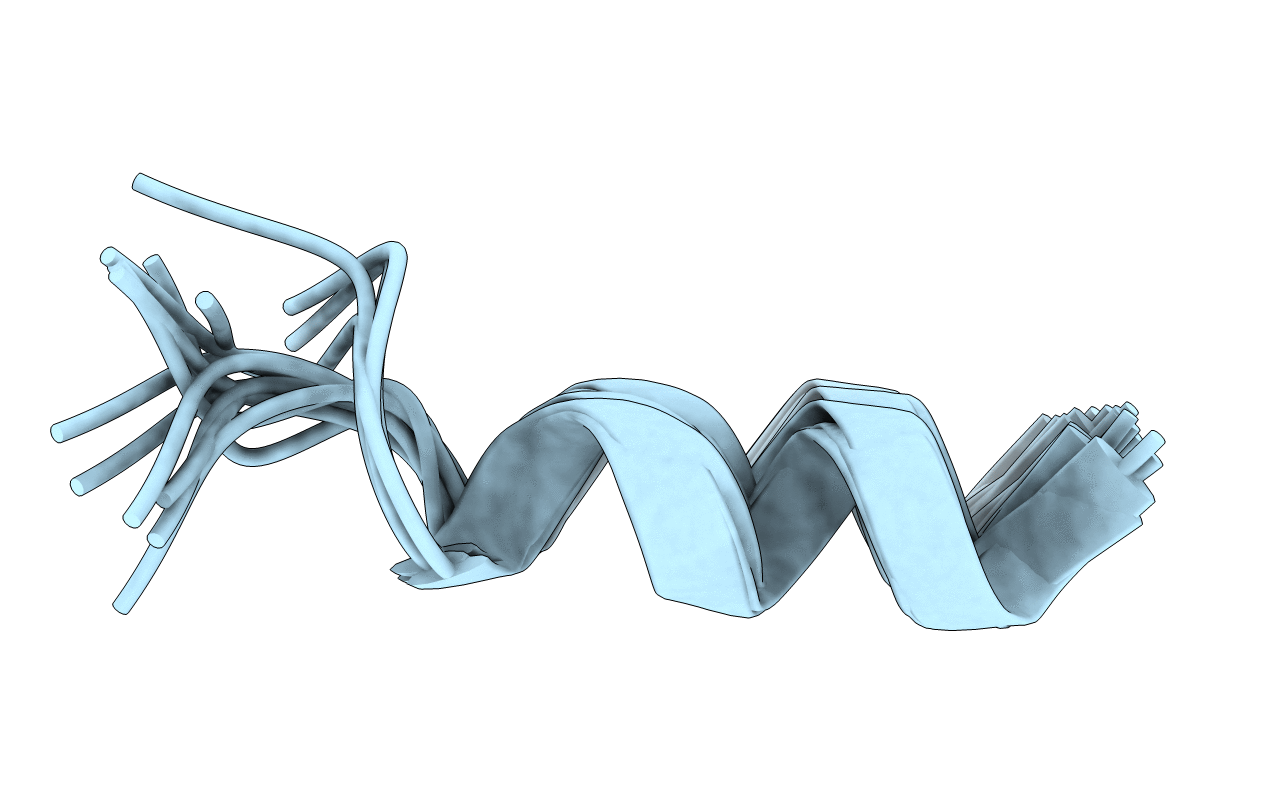
Deposition Date
2000-12-20
Release Date
2001-01-03
Last Version Date
2024-10-30
Entry Detail
PDB ID:
1HR1
Keywords:
Title:
Structure of an indolicidin peptide derivative with P-->A substitution
Biological Source:
Source Organism:
BOS TAURUS (Taxon ID: 9913)
Method Details:
Experimental Method:
Conformers Calculated:
20
Conformers Submitted:
15
Selection Criteria:
structures with the least restraint violations,structures with the lowest energy


